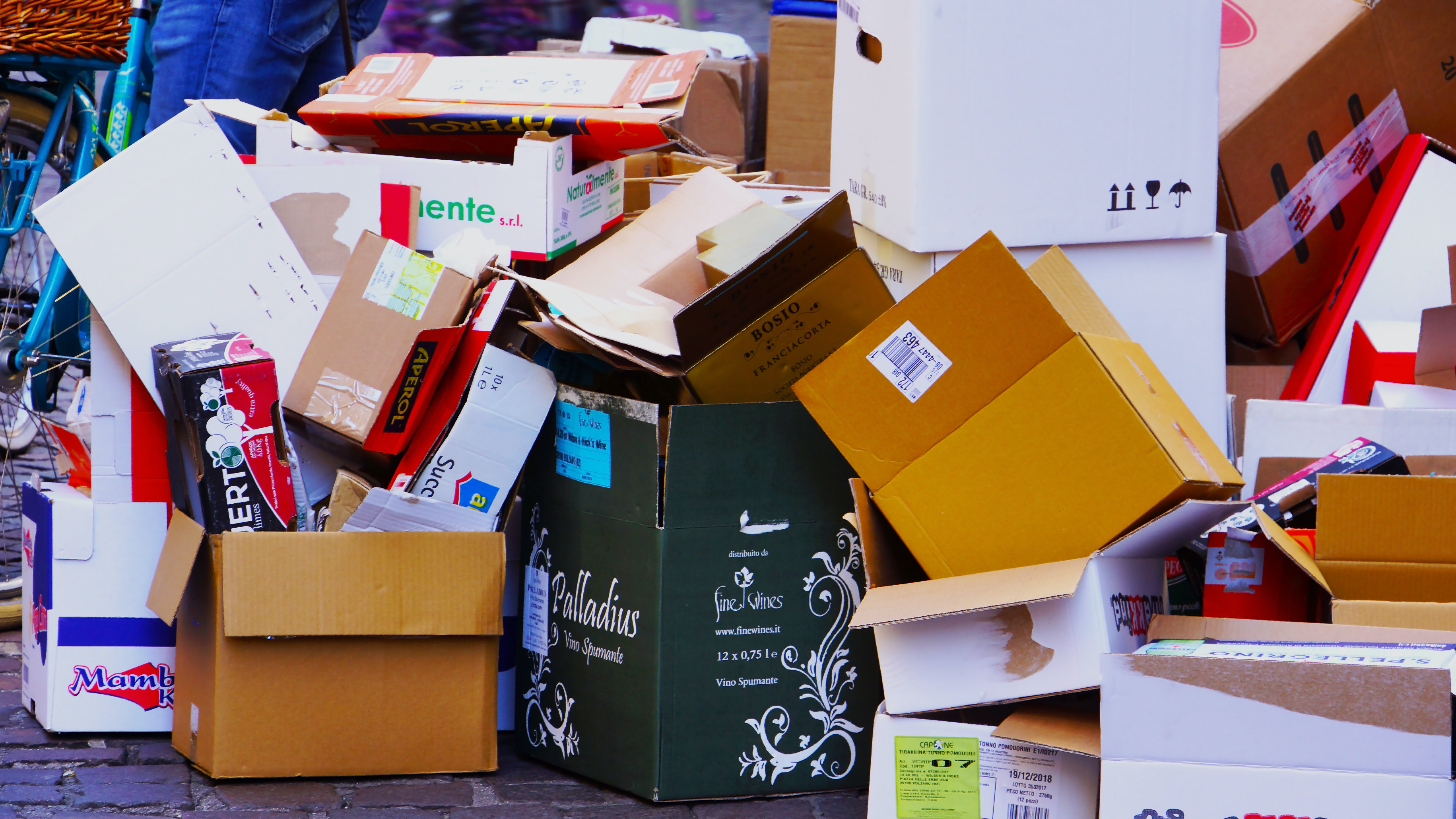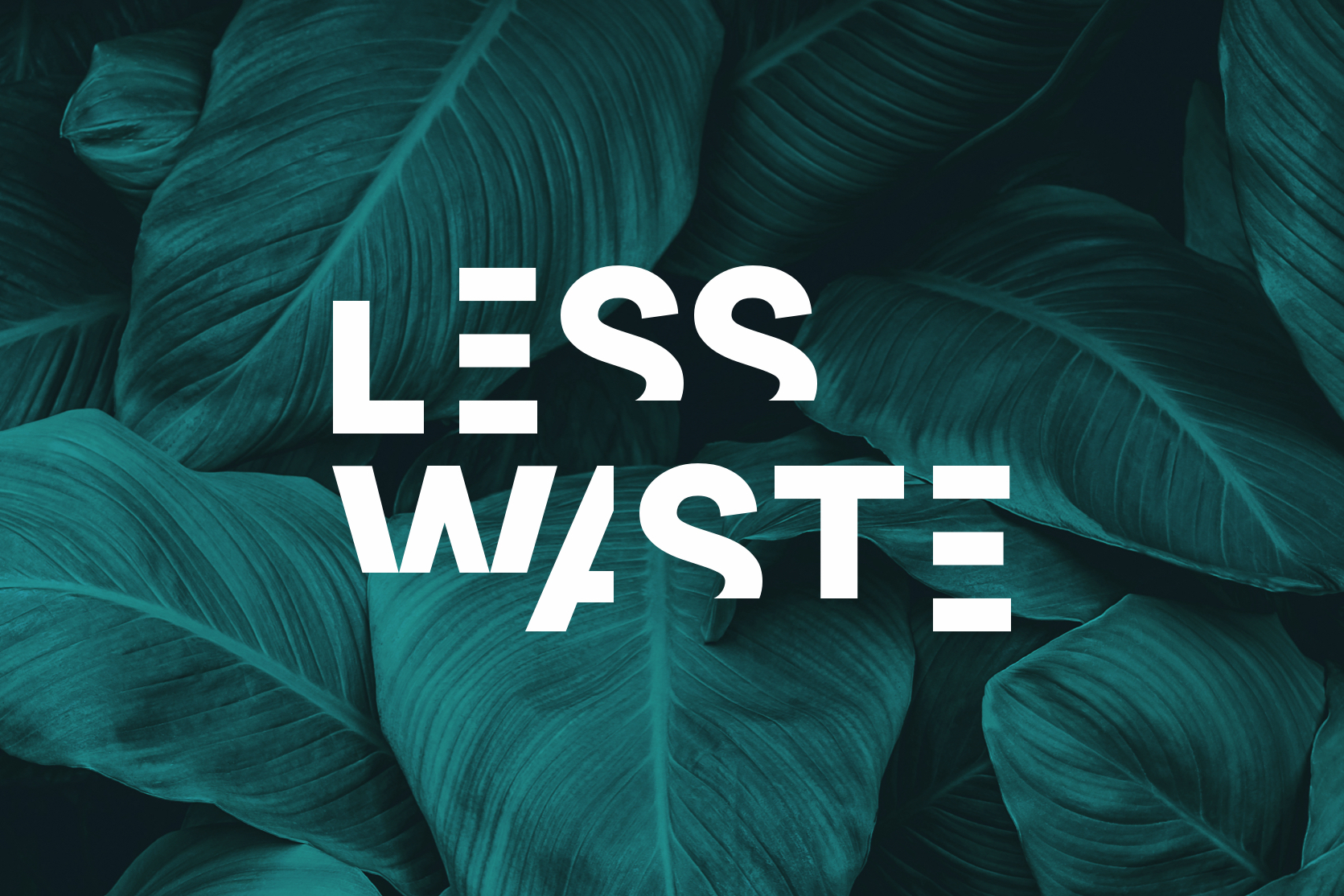
So how are things with online shopping really?
Digital shopping behavior
Online shopping saw unprecedented growth this year, and digital shopping behavior is now part of everyday life in Switzerland. Convenience in particular is a big driver of this type of consumption. The main reasons for online shopping are delivery directly to the doorstep, not being tied to store opening hours due to 24/7 offers and the direct comparison of products and prices.
However, as an environmentally conscious person, shouldn't I leave online shopping alone? Because the storage, the many packaging materials and the additional delivery routes definitely do not contribute positively to our planet. And what about returns, which are also always a big issue? There are rumors that say that a large proportion of returned goods are disposed of directly.
The size of the package also plays a decisive role in the discussion. The packaging waste caused by online retailing amounts to more than one million tons per year. Packages with a lot of packaging material or unnecessary package inserts, both of which end up directly in the trash anyway, therefore contribute little to climate friendliness. And is the cardboard packaging really reused or does it just require a lot of resources and energy to produce?
Can these statements really be made so sweepingly? Because, unfortunately, stationary retail also produces various emissions. If you buy your shoes in the city, you have to take the bus, train or car to get there. In addition, the stores need energy for heating and lighting the sales premises. And the products in the store also have to be delivered somehow - often packed in exactly the same way as when we have the package delivered directly to our home. Does this mean that the CO2 comparison looks positive for online retail and that it is fundamentally more sustainable?
According to a study published by Handelsblatt, the average CO2 emissions per product sold are 2.3 times higher in stationary retail than in e-commerce. In addition, many online retailers have taken measures in recent years to improve their carbon footprint (including Stadtlandkind, which you can read more about here). Further, the results of the study show that the environmental impact varies by country and product. For example, brick-and-mortar fashion retailers have the largest CO2 emissions and have a much more difficult time than e-commerce in improving their carbon footprint.
Who should I believe now and how can I still shop at all? It is not quite so simple what is more sustainable and what one should and should not do. But we Stadtlandkinder are convinced that we can make a contribution.

LESS WASTE
For this reason, we are trying to produce as little waste as possible in the future with our new label "less waste". On the one hand, this means that we will minimize package inserts as much as possible. On the other hand, we will increasingly use the kickbag where possible in order to minimize the use of cardboard for parcels and to reuse our packaging material as often as possible.
At Stadtlandkind, we also try to live up to the "Second Life of Fashion." Returned items are not disposed of, but reused. In addition, we have partners like Kidis.ch who enable us to pass on the clothes our children have grown out of.
And online commerce will certainly become more sustainable if returns are reduced. We therefore urge you to think carefully about what you want to order and whether you really need the products. Because that way we can all make a positive contribution to our planet.


 Thank you! You have successfully entered the newsletter!
Thank you! You have successfully entered the newsletter! 


